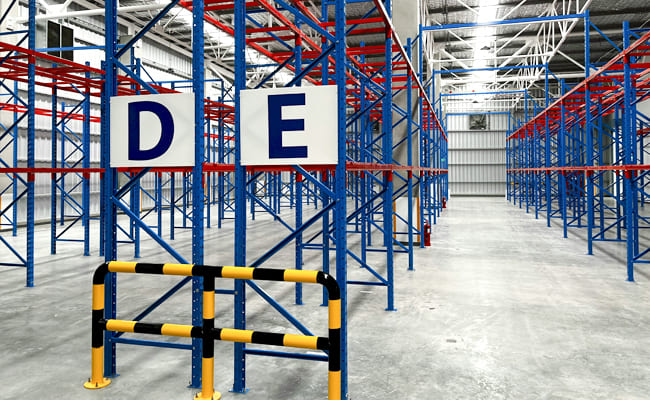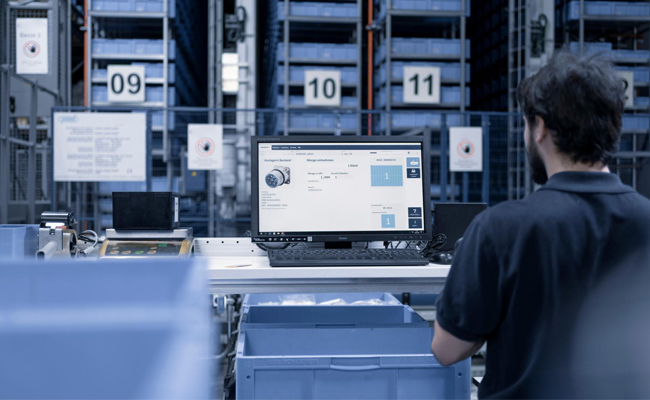Call Us :8615298359310
Call Us :8615298359310
In the fast-paced world of warehouse management, selecting the right Warehouse Management System (WMS) is paramount to optimizing operations and staying competitive. With the myriad of options available, it's crucial to follow an approach to ensure the chosen the best WMS system aligns with your specific need. Here are 10 essential tips to guide you through the selection process.
1. Assess Operational Complexity:
Before diving into the selection process, it's vital to understand the operational complexity and stratify your warehouse network. Each warehouse system is unique, and comprehending the levels of sophistication across different sites will help in identifying the most suitable WMS solution.
2. Evaluate Current State:
Take stock of your current operations. Are they manual, paper-based, or supported by outdated legacy systems? Understanding your existing infrastructure will guide you in determining whether to simplify processes or opt for a more advanced WMS system.
3. Review Existing Applications:
If you're already using a WMS or multiple systems, familiarize yourself with the vendors and explore newer offerings. Additionally, consider if integrating WMS capabilities into your existing ERP system is a viable option.

4. Identify Functional Essentials:
Pinpoint the non-negotiable capabilities your WMS must have to meet your operational requirements. These essential functions may not be standard features and might require customization for seamless integration.
5. Map End-to-End Processes:
While WMS solutions excel in warehouse operations, it's essential to map out processes that extend beyond the warehouse, such as manufacturing or omnichannel fulfillment. Understanding these extended processes is crucial for successful integration.
6. Consider Business Projections:
Look beyond the present and analyze short, medium, and long-term business projections. Scalability is key to ensuring your chosen WMS can accommodate future growth without the need for frequent upgrades.
7. Assess Automation Needs:
Evaluate your future automation requirements and how the WMS will support them. With advancements in technology, flexible automation options like intralogistics smart robots are becoming more accessible to warehouses of all sizes.

8. Evaluate Employee Readiness:
Assess the readiness of your workforce, both operationally and technically, to adapt to the new WMS. Factors such as user experience and flexibility can impact employee engagement and productivity.
9. Identify Improvement Opportunities:
Identify areas where the WMS can bring additional value, such as labor management, warehouse redesign, or warehouse automation. Demonstrating both tangible and intangible benefits to leadership is crucial for justifying the investment.
10. Consider Budget and Financial Constraints:
Be realistic about your budget and financial constraints. While cloud-based and SaaS WMS solutions offer flexibility in terms of expenses, evaluating the total cost of ownership is essential for making informed decisions.
Choosing the right WMS is a strategic decision that can significantly impact your warehouse operations and overall business performance.
By adhering to these guidelines, companies can navigate the complex landscape of WMS options and make due decisions.
Copyright © 2024 Jiangsu VISON Logistics Technology Co., Ltd. All Rights Reserved.  Network Supported
Network Supported
Sitemap | Blog | Xml | Privacy Policy